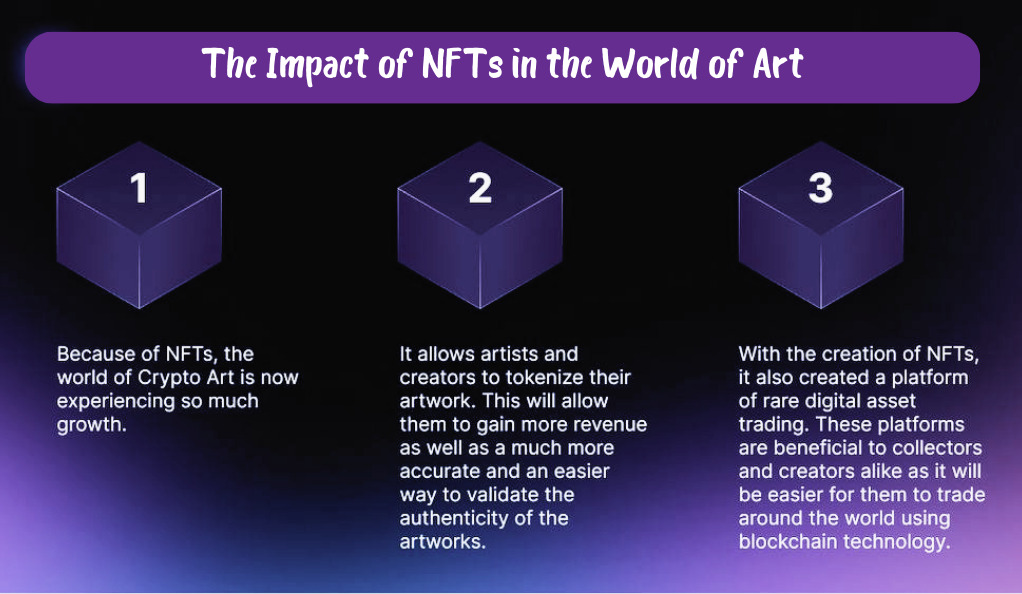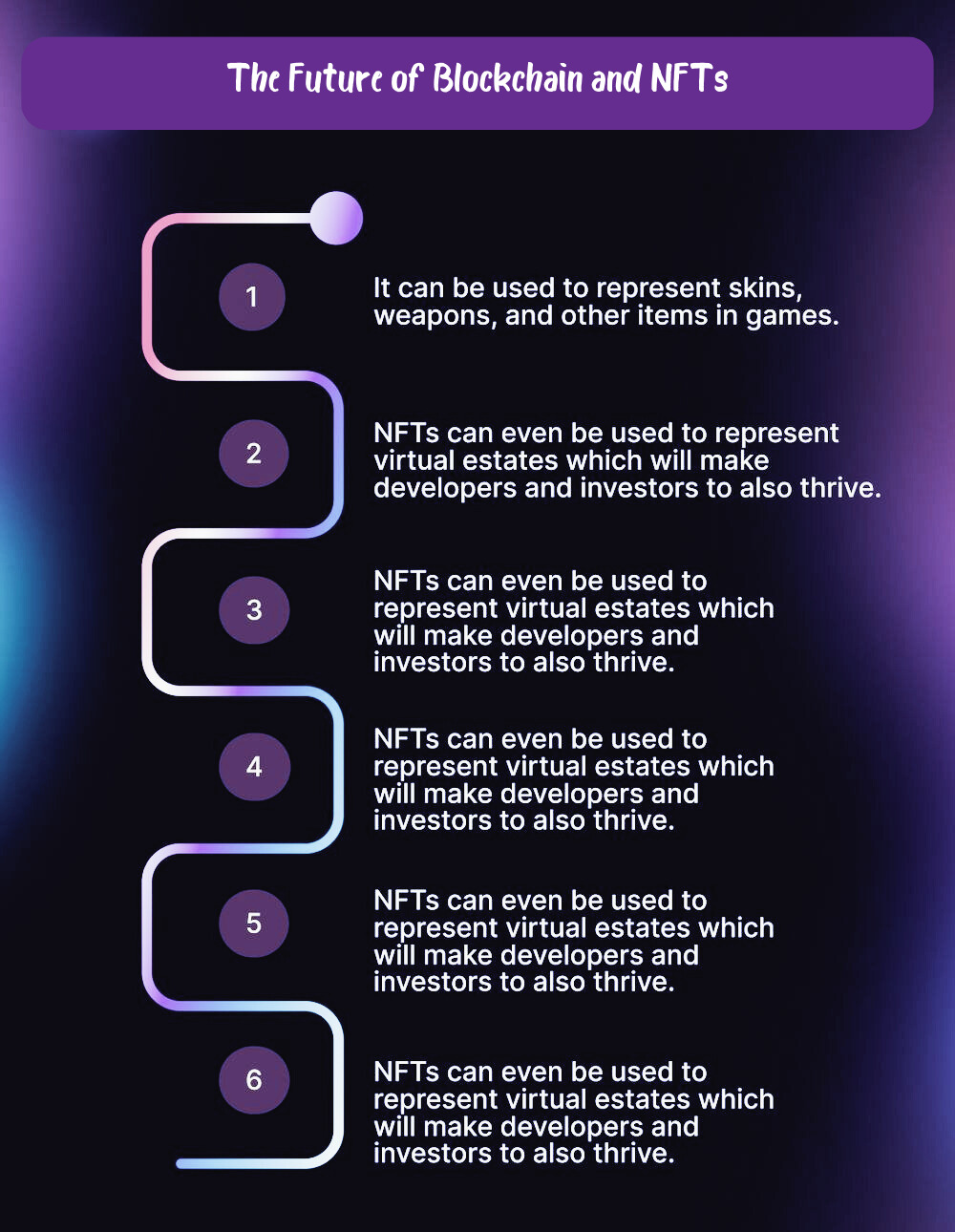Introduction to Blockchain and NFTs
Understanding Blockchain
Ever wonder how Bitcoin or other cryptocurrencies operate? The secret is blockchain technology. Blockchain is essentially a digital ledger, distributed across multiple computers, maintaining a list of transactions. This technology ensures transparency, security, and decentralization, offering a secure way to track transactions.
Understanding NFTs
Non-Fungible Tokens, known as NFTs, are unique, one-of-a-kind digital assets that can be bought, sold, or traded on the blockchain. Unlike cryptocurrencies, they are not interchangeable, giving them unique value. They can be likened to digital collectibles, like art or music files, with a unique digital signature.
Blockchain: The Technology behind NFTs
How Blockchain Enables NFTs
Blockchain’s structure ensures that each NFT has a unique digital signature, providing authenticity and ownership proof. It’s like a digital certificate of authenticity that can’t be duplicated, only transferred.
Unique Characteristics of NFTs
NFTs are unique, traceable, and indelible. They derive their value from these qualities, becoming digital collectibles with real-world value.
The Mechanics of Blockchain and NFTs
- Decentralization: Blockchain’s distributed nature prevents any single entity from controlling the network, ensuring no central point of failure.
- Immutability: Once a transaction is recorded on the blockchain, it cannot be altered, providing a verifiable record of ownership for NFTs.
- Non-fungibility: Unlike Bitcoin or Ether, each NFT is unique, which means they can’t be exchanged on a like-for-like basis. Each has a distinct value, just like a painting by Van Gogh is different from a Picasso.
Real-World Applications of Blockchain and NFTs
Digital Art
Artists can create digital artwork as NFTs, providing them with a new avenue for revenue and control over their work.
Collectibles
Think of digital trading cards or virtual pets. These digital collectibles can be sold or traded as NFTs.
Real Estate
NFTs can represent ownership of real-world properties, offering a new way to buy, sell, or trade real estate.
The Impact of Blockchain and NFTs
On The Art World
NFTs have revolutionized the art industry by providing a platform for digital artists to sell their work directly to collectors, bypassing traditional gatekeepers.
On The Gaming Industry
Gamers can truly own in-game assets as NFTs, bringing real-world value to virtual items.
On The Real Estate Market
Blockchain and NFTs could transform real estate transactions by making them faster, more transparent, and less expensive.
Security and Privacy Issues in Blockchain and NFTs
Hacking Attempts
While blockchain is secure, NFT marketplaces can be vulnerable to hacking attempts, threatening users’ assets.
Ownership Disputes
NFTs can face challenges in determining true ownership, especially if the same digital asset is claimed by multiple parties.
Privacy Concerns
Blockchain’s transparency can compromise users’ privacy, making it a double-edged sword.
The Future of Blockchain and NFTs
Potential Developments
As technology evolves, so will the potential uses for NFTs and blockchain, opening doors to new possibilities.
Emerging Trends
Expect more industries to adopt blockchain and NFTs, making them mainstream.
Conclusion
Blockchain and NFTs are at the frontier of the digital revolution, opening up a world of opportunities and challenges. With an understanding of their mechanisms, one can truly appreciate their impact and potential in reshaping our world.
FAQs
- What is an NFT?
An NFT is a non-fungible token, a type of digital asset that represents ownership of a unique item or piece of content. - What is blockchain technology?
Blockchain technology is a decentralized, transparent digital ledger system that records transactions across many computers. - How are NFTs and blockchain related?
NFTs are built on blockchain technology. It allows the creation and trading of unique digital assets by providing a secure and transparent platform. - What are some applications of blockchain and NFTs?
Blockchain and NFTs have applications in many sectors including digital art, gaming, and real estate. - What are some potential security issues with blockchain and NFTs?
Security issues include hacking attempts on NFT marketplaces, ownership disputes over digital assets, and privacy concerns due to blockchain’s transparency.



